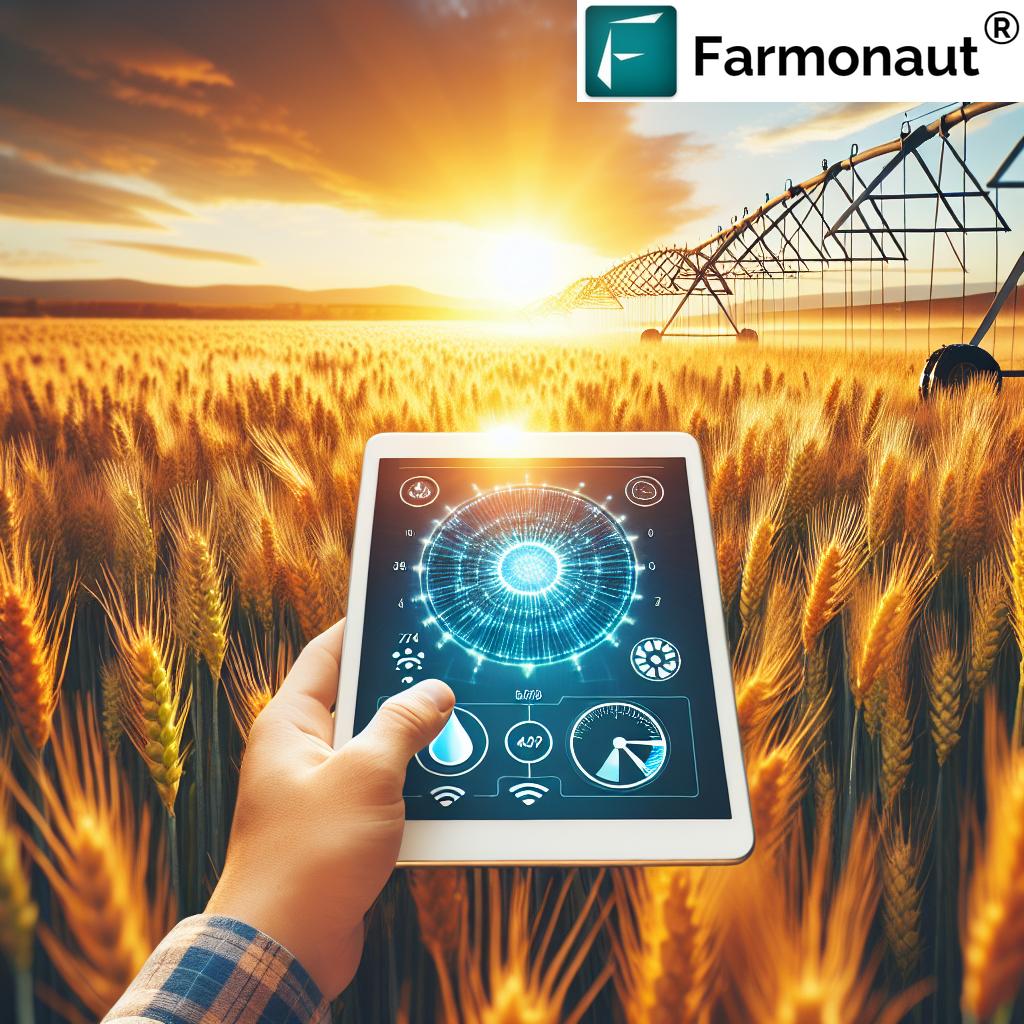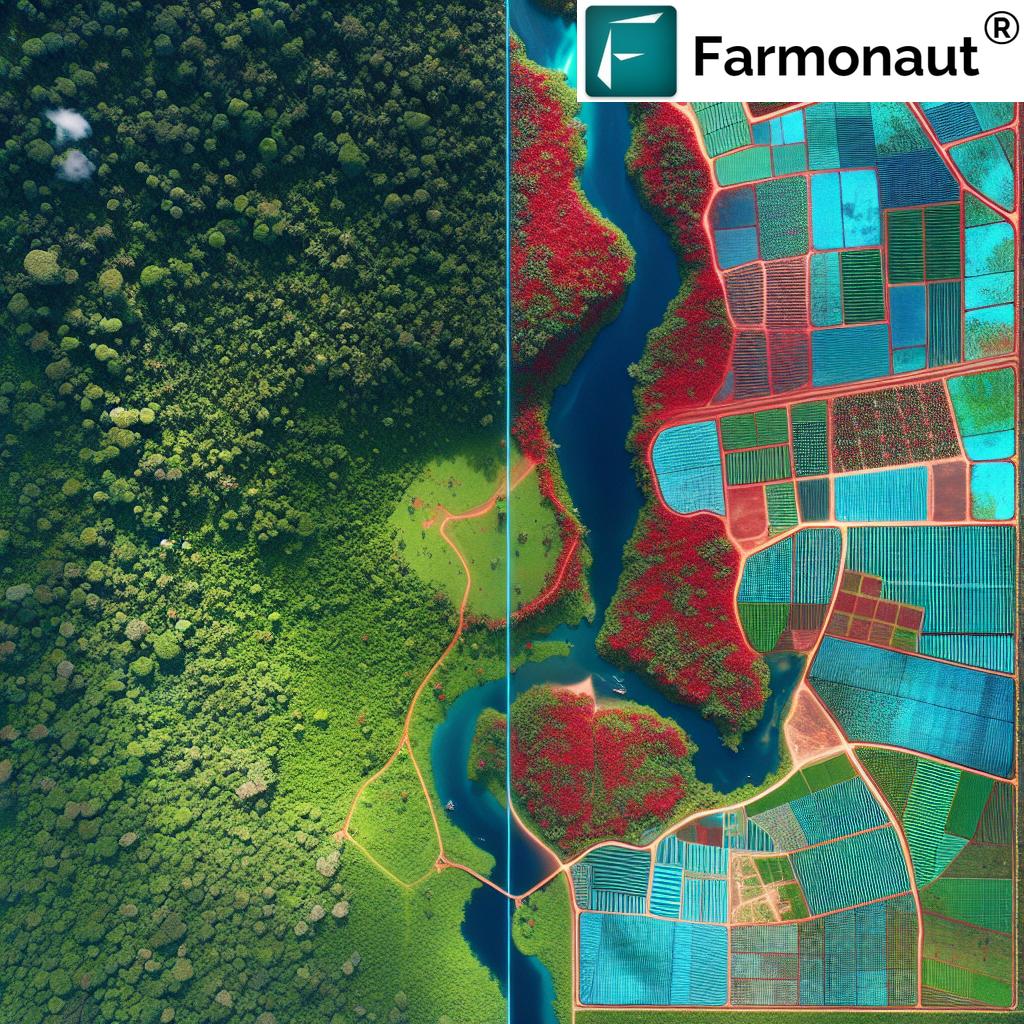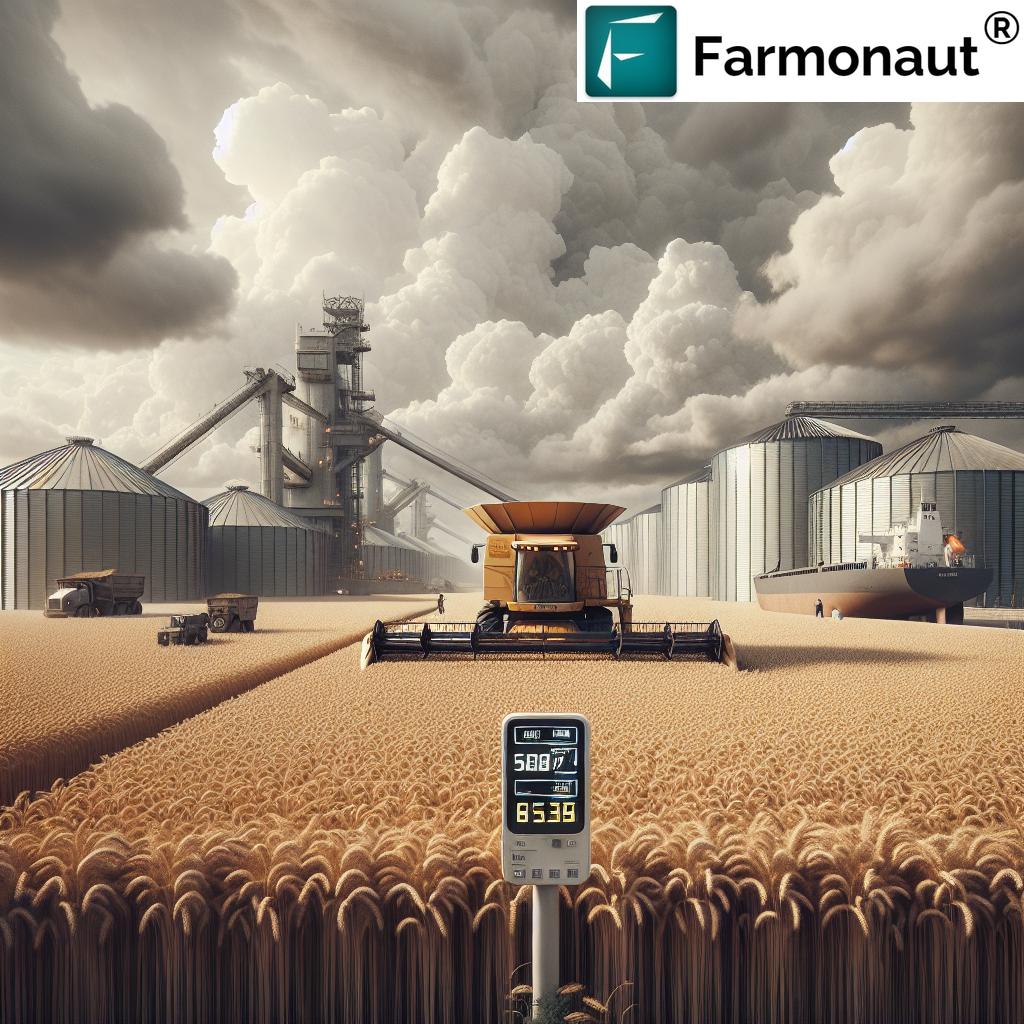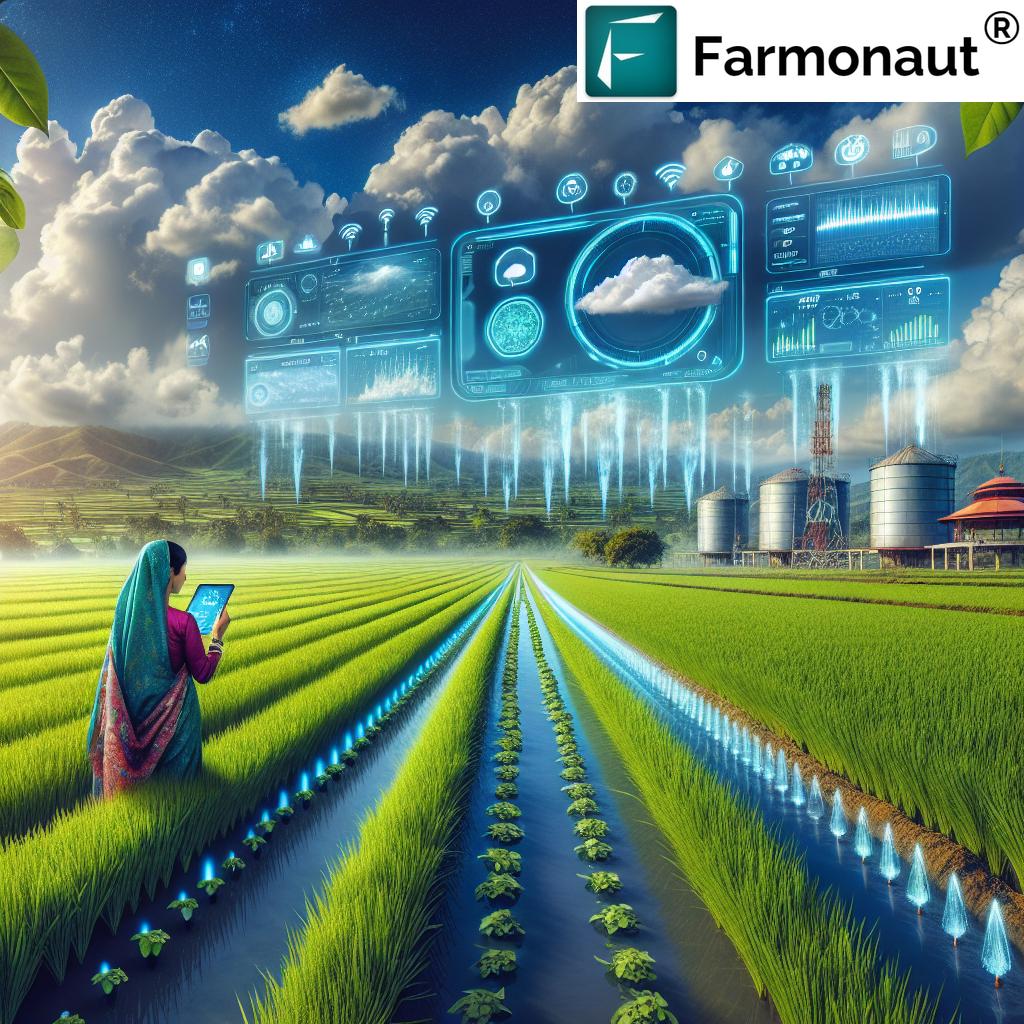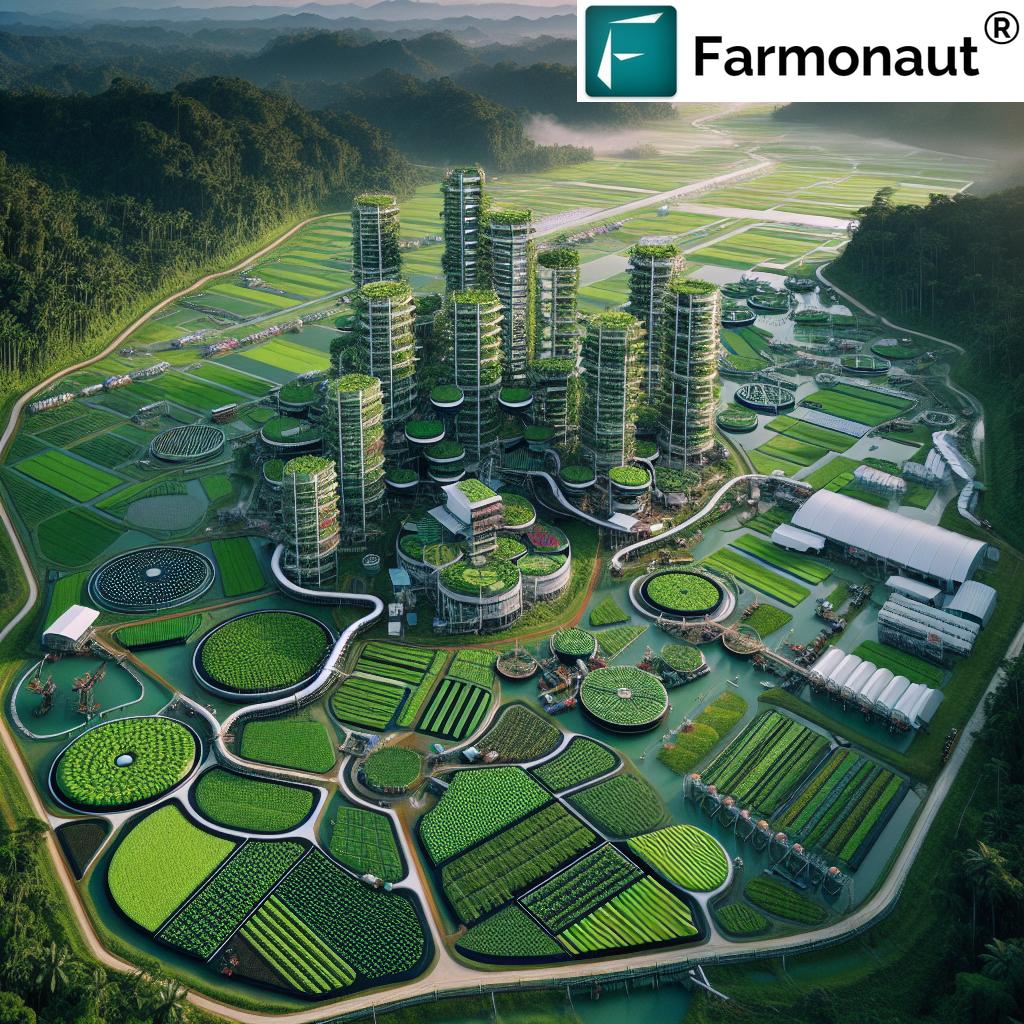Agriculture Drones in India: 2025 Essential Guide
Meta description: Agriculture drones in India are now essential for spraying, mapping, seeding, and monitoring. Learn costs (INR), ROI, regulations, and how to choose the best drone for agriculture in India in 2025.
By 2025, agriculture drones in India have moved from novelty to essential tools across Indian farms. They are widely adopted for spraying, fertigation, mapping, seeding, and crop-health monitoring. The combination of precision applications and timely operations is accelerating yield improvements, saving labor, and cutting input costs—especially in horticulture, paddy, sugarcane, and other cash crops. This 2025 guide explains the use of drone in agriculture in India, compares platforms and models, breaks down INR costs and ROI, and clarifies DGCA rules, training, and pilot requirements.
URL tip: For SEO, use a short, descriptive URL like: yoursite.com/agriculture-drones-in-india-2025-guide
“In 2025 India, agri drones under 25 kg must fly below 120 m AGL per DGCA rules.”
“Entry-level agri spray drones cost INR 4–12 lakh in 2025 India; operations require Digital Sky registration and UIN.”
Table of Contents
- 2025 Snapshot: Why Agriculture Drones in India Are Now Essential
- Agriculture Drone Use-Cases in India (2025): Costs, ROI, Compliance
- Key Uses and Benefits: Spraying, Seeding, Mapping, Monitoring
- Popular Platforms, Models, and How to Choose
- Costs, Service Models, and ROI (2025)
- Regulation, Training, and Safety in India
- Challenges and Practical Fixes
- How We at Farmonaut Augment Drone Operations
- FAQs
Agriculture Drone Use-Cases in India (2025): Costs, ROI, Compliance
Use this sortable comparison matrix to quickly contrast applications, costs, performance, and regulations for Indian farms. Toggle crop and region filters to tailor estimates. All figures are indicative for 2025 India and vary by terrain, wind, chemical density, and operator skill.
| Use-case | Typical Drone Class | Estimated CapEx (INR lakh) | Operating Cost per Acre (INR) | Field Capacity (acres/hr) | Chemical/Seed Savings (%) | Yield Impact (%) | ROI Payback (seasons) | DGCA Status | Pilot Requirement | State Subsidy Availability | Ideal Farm Size (acres) | Regulatory Notes | Notes |
|---|---|---|---|---|---|---|---|---|---|---|---|---|---|
| Spraying / Fertigation (Entry) | Multirotor, 10L tanks | 4–6 | 150–350 | 4–8 | 30–40 | 2–6 | 2–3 | Type-certified recommended; NPNT/geofencing | DGCA Remote Pilot (RPTO) | Often for FPOs; varies by state | 10–50 | No-fly near airports; below 120 m AGL | Best for small fields; moderate wind tolerance |
| Spraying / Fertigation (Mid) | Multirotor, 20L tanks | 6–10 | 200–450 | 6–12 | 35–45 | 3–8 | 1–2 | Type-certified; NPNT/geofencing | Remote Pilot; Remote ID where applicable | Common in multiple states | 30–200 | No night operations without approval | Balances payload and maneuverability |
| Spraying / Fertigation (Pro) | Multirotor, 30–40L tanks | 10–15 | 250–500 | 8–16 | 35–50 | 4–10 | 1–2 | Type-certified; UAOP where required for ops scale | Remote Pilot; RPTO training | Varies; check 2025 guidelines | 200+ (service providers) | BVLOS requires special approval | Best for large-area cash crops and paddy |
| Seeding / Plantation (Entry) | Multirotor, 10–20L payloads | 4–8 | 200–400 | 4–10 | 10–25 (seed) | 2–5 | 2–3 | Type-certified recommended | Remote Pilot | Program-specific | 10–100 | Below 120 m; no night ops | Great for waterlogged or inaccessible fields |
| Mapping / RGB (Entry) | Small quad, 20–48 MP cameras | 0.5–2 | 50–150 | 40–150 (fixed-wing higher) | N/A | Up to 3 (via better decisions) | 1–3 | Type-certified preferred | Remote Pilot (sub-2kg rules may vary) | Occasional | Any | Respect no-fly zones | Great for rapid field surveys and inventory |
| Multispectral Monitoring (NDVI/indices) | Quad/fixed-wing; multispectral sensors | 3–10 | 100–300 | 30–120 | 10–30 (input) | 3–7 | 1–3 | Type-certified; NPNT/geofencing | Remote Pilot | Often for FPOs/projects | 50–10,000 (fixed-wing best for larger) | BVLOS needs approval | Ideal for early detection and variable-rate prescriptions |
Assumptions: 2025 fuel/chemical prices; wheat/paddy/horticulture typical scenarios; calm wind ≤12 km/h; level terrain. All INR values are indicative ranges and exclude GST, transport, and travel time. Always consult local DGCA notices and state agriculture advisories.
2025 Snapshot: Why Agriculture Drones in India Are Now Essential
In 2025, agriculture drones in India have matured from early pilots into mainstream agricultural tools. Across Indian farms, drones carry out aerial spraying, fertigation, seeding, mapping, scouting, and crop-health monitoring. They help cover hectares faster than manual methods, reduce operator exposure, and ensure targeted application that uses less pesticide and fertilizer. The result is better yield, lower input costs, and improved timing during critical windows, such as spraying before the monsoon.
- Key drivers: Precision application, labor shortages, and the need to act fast within narrow weather windows.
- Popular platforms: Robust multirotors with 10–40 L tanks for spraying; small RGB mapping drones; fixed-wing or hybrid systems for very large fields.
- Costs and ROI: Entry-level spray drones often cost 3–6 lakh INR for 10–20 L; larger 30–40 L systems can be 6–15 lakh INR; ROI commonly occurs within 1–3 seasons.
- Regulatory: DGCA rules require registration, remote pilot certification, and adherence to no-fly zones, with BVLOS requiring special approvals. NPNT/geofencing compliance is standard on type-certified systems.
Key Uses and Benefits: Spraying, Seeding, Mapping, Monitoring
Aerial Spraying and Fertigation
Modern agricultural drones with 10–40 L tanks perform targeted spray operations. Compared to ground equipment, these multirotor systems cover more hectares in fewer hours, use less input, and reduce manual exposure. Variable nozzles, flow control, and GPS RTK help ensure even coverage and repeatable paths. This is particularly valuable in paddy, sugarcane, and horticulture blocks where uniform application is difficult with ground rigs.
- Efficiency: Drones can complete tasks in hours that would take days on the ground.
- Input savings: Many operators report 30–50% savings through targeted application and reduced overlap.
- Health and safety: Less operator exposure compared to manual spraying.
- Precision: GPS RTK and terrain following improve consistency and reduce drift.
Seeding and Plantation
The use of drone in agriculture in India extends to seeding and plantation, especially in waterlogged or inaccessible fields. Payload modules enable rapid reseeding after weather damage and precise plantation in rows or clusters. For soggy paddy fields in West Bengal or Odisha, drones enable timely replanting when every day counts.
- Enable reseeding over muddy or flooded fields without ground compaction.
- Reduce labor and speed up recovery after storms or pest damage.
- Support timely sowing to match monsoon-driven windows.
Remote Sensing and Mapping (RGB + Multispectral)
Small mapping drones with 20–50 MP RGB cameras and multispectral sensors produce indices like NDVI for early detection and forecasting. These flights feed variable-rate prescriptions to spray teams and help forecast yield. Fixed-wing hybrids give longer endurance for large holdings in Maharashtra, Karnataka, Andhra Pradesh, and Telangana.
- RGB mapping: Orthomosaics for field inventory, boundary disputes, and acreage measurement.
- Multispectral monitoring: NDVI and other indices for early detection of stress, disease hotspots, and nutrient issues.
- Advisory workflows: Data layers inform prescriptions and guide targeted intervention.
Crop Scouting and Inventory
Rapid field surveys replace slow, manual inspection. Operators can scan dozens of fields in a day, log issues, and schedule interventions. This is a strong fit for horticulture blocks in Tamil Nadu and Kerala, sugarcane in Uttar Pradesh and Maharashtra, and cash crops across Gujarat and Telangana.
Labor and Timing Advantages
Indian farms benefit from drones that complete tasks in hours that would take days by ground equipment. This speed is critical before the monsoon, during pest outbreaks, or at narrow flowering windows. Where rural labor markets are tight, drones reduce manual effort while improving precision.
Popular Platforms, Models, and How to Choose
For spraying, robust multirotors with 10–40 L tanks dominate. International models like the DJI Agras series are common alongside Indian manufacturers such as Garuda Aerospace and others. For mapping and scouting, small RGB drones (20–50 MP cameras) are ideal, while fixed-wing or hybrid platforms give longer endurance on large farms. Service providers often choose heavier-lift or hybrid models to improve turnaround and carry larger payloads.
What to consider before you choose
- Payload & tanks: 10L for small fields, 20L for mixed holdings, 30–40L for large-area spraying.
- Spray system precision: Flow meters, droplet size control, swath width, and anti-drift features.
- Navigation: GPS RTK, terrain following, obstacle sensing, and reliable return-to-home logic.
- Design & transport: Folding arms, modular payloads, and water-resistant frames for monsoon conditions.
- Batteries & charging: Hot-swappable packs, fast chargers, and generator compatibility for remote sites.
- Local service availability: Spares, training, and warranty support near your district.
- Data workflows: Compatibility with mapping software and advisory systems for prescriptions.
Buying checklist (Best drone for agriculture in India)
- Confirm DGCA type certification and NPNT/geofencing support.
- Check payload, tank capacity, and spray uniformity for your crops (paddy, sugarcane, horticulture).
- Verify spare parts stock, training options, and turnaround times from providers.
- Assess battery cycle life, number of packs needed, and generator logistics.
- Ensure the system supports GPS RTK and precise repeat flights for variable-rate prescriptions.
- Budget for maintenance, insurance, and pilot training costs.
Costs, Service Models, and ROI (2025)
In 2025 India, agriculture drone cost in India varies by class, payload, and onboard systems. Below are typical ranges to help set expectations.
Purchase price (approximate INR ranges)
- Small mapping/inspection drones: INR 50,000–2,00,000 (RGB cameras, 20–50 MP).
- Entry-level spray drones (10–20 L): ~INR 3–6 lakh.
- 30–40 L industrial spraying systems: ~INR 6–15 lakh.
- Hybrid/enterprise systems: ~INR 15–40 lakh.
Many Indian farmers choose the service route rather than buying. Providers quote spraying at INR 150–500 per acre (≈INR 370–1,200 per hectare), depending on terrain, product, and travel time. Leasing and custom-hire reduce upfront cost for small farms.
Where ROI comes from
- Input savings: 30–50% lower pesticide or fertilizer through targeted application and reduced overlap.
- Yield improvements: Early detection and timely spray windows raise yield stability.
- Labor replacement: Less manual effort and faster coverage cut operational costs.
- Risk reduction: Lower exposure to chemicals and adverse field conditions.
For medium-to-large farms and professional providers, ROI often occurs within 1–3 seasons. The fastest payback is seen in high-value horticulture, sugarcane, and paddy blocks where timing is critical and fields are large enough to utilize full daily capacity.
Tip for service providers: Build a route plan that minimizes ferry time between fields, carry spare batteries, and maintain a portable charging system. A well-planned day can double acres covered and improve ROI.
“Entry-level agri spray drones cost INR 4–12 lakh in 2025 India; operations require Digital Sky registration and UIN.”
Regulation, Training, and Safety in India
Indian agricultural drone operations fall under the DGCA drone rules and applicable state agriculture guidelines. Always check the latest notices before flying. In 2025, core elements include registration, pilot authorization, and airspace compliance.
- Registration: Drones require Digital Sky registration and a UIN (Unique Identification Number).
- Pilot training: A DGCA remote pilot certificate from an RPTO is required for most agri operations.
- Airspace compliance: Follow geofencing, NPNT (No Permission, No Takeoff) where applicable, and no-fly zones.
- Altitude limit: Under 25 kg drones must fly below 120 m AGL; maintain visual line of sight.
- BVLOS: Beyond Visual Line of Sight requires special approvals.
- Insurance & maintenance: Keep valid insurance and a preventive maintenance schedule.
- Operations timing: Night operations typically prohibited without specific permissions.
Note: DGCA requirements evolve. Always verify DGCA circulars, Digital Sky portal notices, and state advisories before field work.
Challenges and Practical Fixes
- Battery life and charging: Field generators and fast chargers are essential in remote areas. Carry multiple battery sets to keep sorties continuous.
- Payload limits: Dense chemistries and high-volume applications challenge smaller tanks. Consider 20–40 L systems or staged refills close to the field edge.
- Spare parts & certified pilots: Choose providers with reliable local spares and access to trained pilots.
- Data integration: Moving from raw images to prescriptions requires compatible advisory systems, APIs, and training.
- Fragmented landholdings: Aggregators, FPOs, and custom-hire networks are key to scale across small plots.
- Wind and terrain: Plan flights during calmer periods; use terrain-following and keep swath widths conservative when winds rise.
“In 2025 India, agri drones under 25 kg must fly below 120 m AGL per DGCA rules.”
How We at Farmonaut Augment Drone Operations
We at Farmonaut provide satellite-powered insights that pair naturally with drones. Our platform delivers real-time monitoring, AI-based advisory, and blockchain traceability through Android, iOS, and web apps, and via API. By combining multispectral satellite data with farm operations, we help teams plan efficient sorties, generate variable-rate spray maps, and monitor outcomes over time.
- Satellite-based monitoring: We provide multispectral insights like NDVI to flag stress before it spreads—perfect for directing drone scouting or spraying.
- Jeevn AI advisory: We analyze satellite data and weather to deliver actionable advice across agriculture, helping users time operations.
- Blockchain traceability: We enable end-to-end transparency for crops and supply chains, supporting certification and quality claims.
- Fleet and resource management: We offer tools that help teams coordinate vehicles, manage routes, and reduce fuel and time.
- Environmental impact: We provide carbon footprint tracking so that producers can quantify sustainability impacts from precision agriculture.
Farmonaut API allows developers to integrate satellite layers, NDVI indices, and weather into their systems. For implementation details, see API Developer Docs.
Carbon Footprinting: quantify emissions impact of field operations and input reductions achieved through precision spraying and optimized irrigation.
Product Traceability: use blockchain-based traceability to prove lot-wise origin, practices, and quality—valuable for premium horticulture exports.
Crop Loan & Insurance: satellite verification supports better access to finance and faster claims processing for growers adopting modern mechanization and precision tools.
Fleet Management: coordinate vehicles, generators, and drone crews to reduce travel time and increase acres sprayed per day.
Large-Scale Farm Management: manage multi-farm portfolios, monitor health, and centralize advisory workflows.
Crop Plantation & Forest Advisory: actionable insights for plantation cycles and resource planning, integrated with satellite-driven indices.
FAQs
1) What is the best drone for agriculture in India in 2025?
It depends on your use-case. For spraying, robust multirotors with 10–40 L tanks are common. Small farmers may prefer 10–20 L for maneuverability, while service providers choose 30–40 L for higher throughput. For mapping, a compact RGB drone is enough, but very large holdings benefit from fixed-wing or hybrid platforms. Choose based on payload, GPS RTK, spray system precision, local service availability, and total cost of ownership.
2) What is the agriculture drone cost in India for spraying?
Entry-level spray drones (10–20 L) are typically around INR 3–6 lakh. Larger 30–40 L industrial systems run ~INR 6–15 lakh. Hybrid/enterprise systems can be INR 15–40 lakh. Operating as a service, spraying charges commonly range INR 150–500 per acre.
3) What DGCA rules apply to agriculture drone India operations?
Register the drone on Digital Sky, obtain a UIN, and use a DGCA-certified remote pilot. Maintain VLOS, keep under 120 m AGL for under-25 kg drones, and respect no-fly/geofenced areas. NPNT/geofencing and type certification are standard on compliant systems. BVLOS requires approvals.
4) How fast can drones cover fields compared to manual spraying?
Depending on model and wind, spray drones commonly cover 4–16 acres per hour. This can compress work that would take days by ground into a single day, crucial before monsoon or when pest pressure spikes.
5) How much input can drones save?
Targeted application and precise overlap control can reduce pesticides or fertilizers by about 30–50% in many scenarios. Savings depend on calibration, nozzle choice, swath planning, and operator skill.
6) When does ROI occur for Indian farms?
Medium-to-large farms and dedicated service providers often see ROI within 1–3 seasons, driven by lower input costs, higher yield stability, and reduced labor.
7) Can drones handle seeding or plantation in waterlogged fields?
Yes. Drones enable reseeding in waterlogged or inaccessible areas, minimizing compaction and speeding recovery after weather-related damage.
8) What sensors should I consider for monitoring?
RGB cameras (20–50 MP) for mapping and inventory; multispectral sensors to produce NDVI and other indices for early detection and prescriptions. Choose according to crop type and advisory workflow.
9) Do Indian states offer subsidies?
Many states provide time-bound subsidies or programs for FPOs and groups. Availability and percentages vary by state and year, so check with your state agriculture department and current 2025 schemes.
10) How do drones integrate with advisory systems?
Mapping and multispectral outputs feed into advisory platforms that generate variable-rate prescriptions. Satellite indices complement drone data by offering broader, frequent snapshots for planning sorties.
11) Are there night operations for agriculture drones?
Night operations generally require special approvals. Most agri flights occur during daytime under VLOS conditions.
12) What maintenance does a spray drone require?
Routine checks of motors, props, pumps, hoses, and filtration; battery cycle tracking; firmware updates; and nozzle calibration to maintain spray quality.
Get Started
- Download the app:
Web |
Android |
iOS - Developers: API and Docs
- Explore solutions: Carbon Footprinting | Traceability | Crop Loan & Insurance | Fleet Management | Large-Scale Farm Management
Summary for 2025 and Beyond
By 2025, agriculture drones in India are integrated into mainstream precision agriculture. The best drone for agriculture in India depends on payload requirements, field sizes, and the mix of spraying, mapping, and multispectral monitoring needed. Costs range from INR 50,000 for small mapping platforms to 6–15 lakh for larger spraying systems, with service models offering INR-per-acre pricing. Operators should confirm DGCA compliance, ensure pilot training, and plan reliable battery logistics. Farmers who combine drones with satellite-based advisory, soil testing, and mechanization see the strongest ROI through input savings, yield gains, and faster, safer field operations. We at Farmonaut support this journey with real-time satellite monitoring, AI advisory, and APIs that connect these tools into one cohesive, data-driven workflow.





